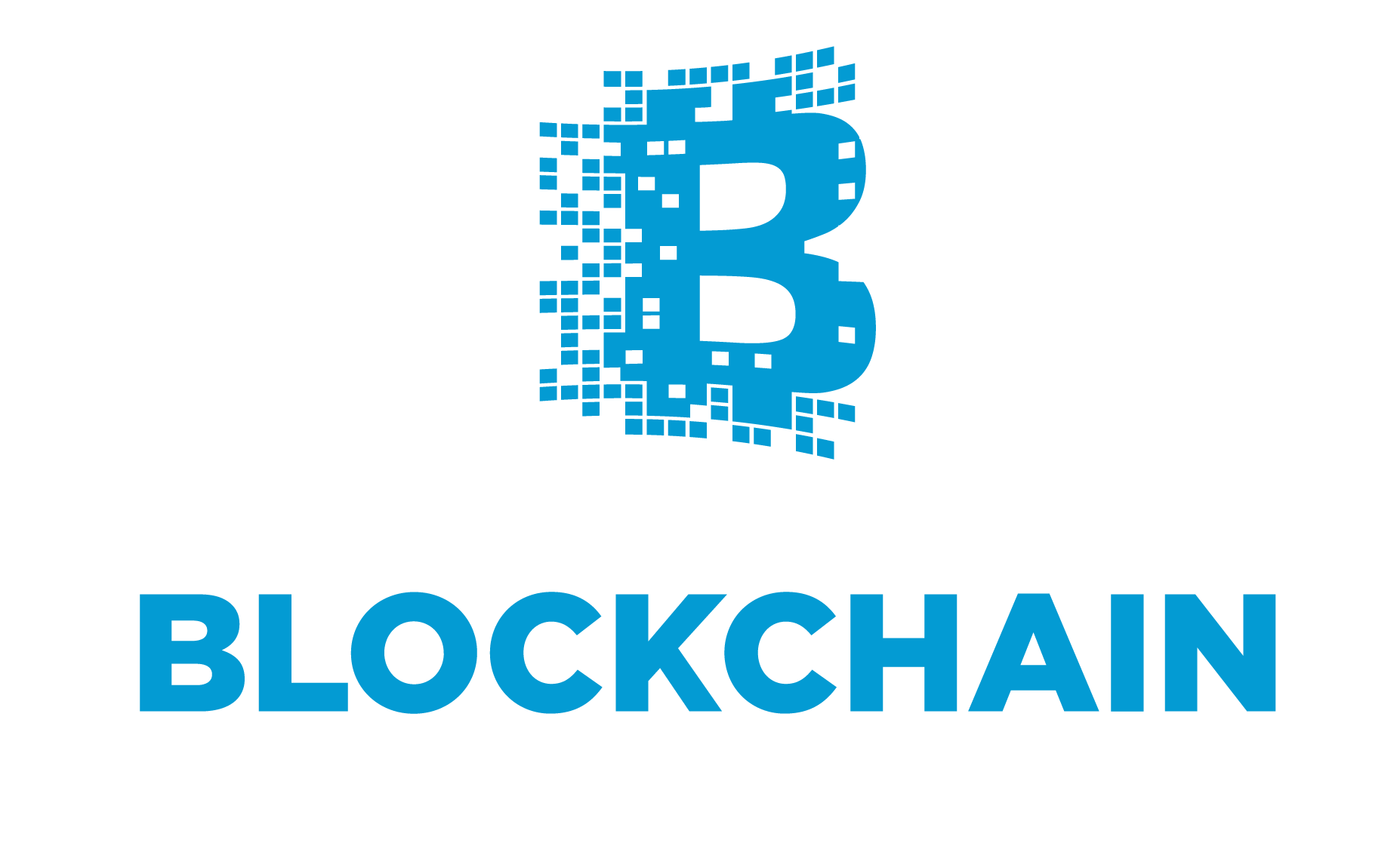Search posts by keywords:
Filter posts by author:
Related NEAT Reports
Other blog posts
posted on Aug 31, 2017 by Andy Efstathiou

Most Blockchain use cases have focused on reducing the need for (and cost of) infrastructure. And in Virtusa’s case, the vendor has focused on engagements where it can combine Blockchain technology with other emerging technologies such as QR codes, IoT, and encryption algorithms to deliver enhanced security and cost savings for environments lacking adequate supporting infrastructure. Here I take a look at Virtusa’s Blockchain initiatives.
Virtusa’s Blockchain services & use cases
Virtusa has been pursuing Blockchain for 3 years, and it has a group of 20+ engineers working on Blockchain initiatives, with 35 additional engineers in training in Hyderabad, who will be fully deployed by Q4 2017. Virtusa provides consulting and pilot services including:
- Strategy and design:
- workshops for awareness and adoption
- Use case creation and validation
- Advisory on technology and vendors
- Research on 400+ Blockchain startups
- Sandbox:
- Cloud-hosted experimentation
- ~7 Blockchain variants, including: R3 Corda, Etherium, Multichain, Chain.com, Hyperledger, Quorum, and VP Blockchain
- APIs to key platforms (primarily CRM and ERP)
- Testing capabilities with very large datasets
- Accelerators:
- 100+ pre-compiled use cases across multiple industries
- Solution accelerators (listed financial industry only): payments, credit monitoring, check fraud, trade finance, OTC derivatives, interest rate swaps, and covenant management
- Advanced:
- Security (keyless cryptography, and homomorphic & format-preserving encryption)
- Industry steering council participation in ISO TC-307 Blockchain and distributed ledger technology
To date, Virtusa has worked on ~100 use cases with clients, of which ~50 have been moved into pilots and remain active engagements. Of the active use cases, ~40 are in the financial services industry. Currently, Virtusa is working on three key use cases to develop them into operational deployments. The top three business patterns that establish strong use cases are:
- Provenance: check books or other financial instruments can be validated as authentic from a chain of ownership. Example: use of QR code on checks for retail bank customers to reduce check fraud
- Chain of custody: KYC, AML checks on transactions moving through an ecosystem. Example: rather than conduct comprehensive KYC/AML checks, as updates are required, banks can conduct KYC/AML checks from the last verified point in the Blockchain
- Permission-based sharing of information: third parties can now share information securely based on homomorphic encryption (low cost) and format preserving encryption (used extensively today in the cards processing business) and benefit from the blockchain enforcement of rules to remove the need for a trusted third party. Example: use of IoT to log usage of farm equipment leased to multiple parties.
Virtusa is moving all three of these use cases into production with its clients over the next ten months. It believes that its most differentiated offering is the permission-based sharing of information, due to its access to very low-cost, strong encryption technology. All three of these engagements are based in APAC/Middle East markets. Deployment of operational Blockchain environments in the mature markets of the U.S. and Europe are less likely in the short run due to strong existing infrastructure and the need to establish industry standards. However, changes in the mature markets, such as Brexit in Europe, and the recent announcement of support in production e.g. Hyperledger fabric version 1 are likely to drive adoption because those changes will either require costly new infrastructure or a group of partners sharing a Blockchain environment.
Conclusions
The case for Blockchain operations is developing fastest where institutions operate with little infrastructure (physical or institutional) and services vendors can combine multiple technologies beyond Blockchain itself, to deliver the functionality of a mature marketplace without the industry-wide investment required to create a mature marketplace. This favors business cases where banks operate in an emerging market or where a new bank product is getting deployed which does not have competitors in the market today.
By developing a set of use cases for Blockchain in banking, Virtusa can support clients who differentiate themselves by unique product offerings. Virtusa can help those clients reduce their time to market, which will provide the longest time in market with a product which has no close competitive offerings. By adapting the mix of technology products it combines with Blockchain technologies, Virtusa will also benefit from time in market with few or no close competitive service offerings.
